THE VALE OF CLWYD
The Vale of Clwyd dominates the geography and forms one of the most distinctive landscapes of north east Wales. Containing the River Clwyd in its broad flat base, it runs for about 30km north from the medieval town of Ruthin to join the coast at Rhyl. The valley floor is low, being nowhere more than about 40m above sea level. On the east, the vale is bounded by the edge of the Clwydian Hills which rise steeply to about 300m above sea level, their summits commanding spectacular prospects of the valley floor below. The western side rises more gently towards the Denbighshire uplands some 7km away. The best surviving and most complete, typical historic part of the vale identified here lies mainly south and east of the medieval town of Denbigh.
Early man inhabited the twin cave sites at Cae Gwyn and Ffynnon Beuno, Tremeirchion, where animal bone and human Palaeolithic tool-bearing deposits have been found. However, the most striking archaeological monuments in this landscape are the Iron Age hillforts of Foel Fenlli, Moel y Gaer (Llanbedr Dyffryn Clwyd), Moel Arthur, Penycloddiau and Moel y Gaer (Bodfari) which form part of a defensive chain of sites crowning the summits of the Clwydian Hills. Even as individual, often quite large sites (Penycloddiau encloses an area of some 21ha), they are impressive, but together they form a unique group of hillforts in Wales that demonstrates the intimate relationship in landscape of natural landform and human territory.
Although there has been little modern excavation on any of the sites, current understanding suggests that each hillfort would have been the focal point of a well-defined territory extending across the vale beneath, and over the uplands to the east, so that each fort would have access to the same range of natural resources. The upland area of the Clwydian Hills is mostly rough grazing, but the valley bottom is, by contrast, rich agricultural land with enclosures encroaching onto the western slopes of the hills. Little is known at present of the ordinary settlements associated with the hillforts, but presumably they would have been densely concentrated along the fertile valley bottom, but now buried or obliterated by later activity. This is suggested by the crop-mark site discovered from the air at Tan Dderwen, east of Denbigh, where recent excavations have yielded evidence of activity from the Mesolithic, Bronze Age and Dark Ages.
Settlement within the vale is dominated by the medieval towns of Denbigh and Ruthin. Recent excavations in Ruthin, however, have suggested an earlier origin, with parts of a Romano-British settlement and possible Roman fort being revealed on the eastern fringes of the town. Ruthin’s medieval street pattern is still evident and parts of the castle and town defences remain intact. The town also has a fine collection of vernacular architecture represented by distinctive buildings in limestone, red sandstone or half timbered styles. Like Ruthin, Denbigh also retains much of its medieval character, including the castle and town defences, and is a good example of an Edwardian period walled town. In the centre of the vale lies Llanynys, now a small hamlet, but originally a clas foundation (a unit of administration based on medieval monastic settlement) preserving vestiges of medieval field systems. It is also noteworthy as the site of the 9th century Llanfor of the early Welsh stanzas, Canu Llywarch Hen.
The landscape has been much affected by the influence of various medieval and later parks and estates, such as for example, Clwyd Hall and Llanrhaeadr Hall. To the east of Ruthin lies Bathafarn Park, a medieval park of the Lordship of Ruthin. A document of 1592 describes the boundaries, the character of the park and the evolution of the landscape which may still be traced today. Several parishes on the slopes of the Clwydian Hills have their 19th century Parliamentary Enclosure landscapes well-documented. They border, and contrast with, the generally earlier, hedged agricultural landscape of the valley floor.
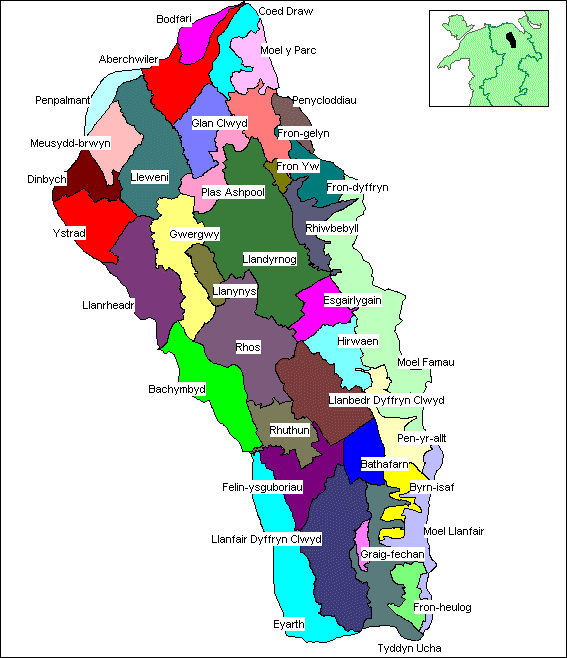
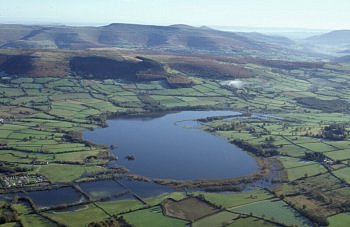
The Natural Landscape
The historic landscape area of Dyffryn Clwyd lies at the southern end of the Vale of Clwyd…
FIND OUT MORE
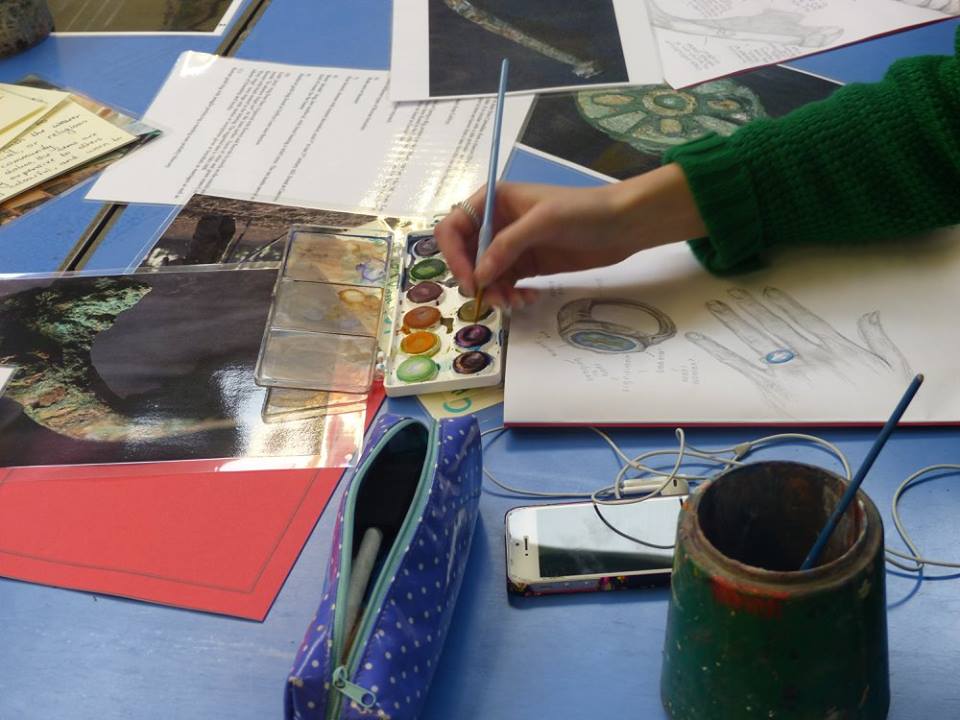
The Administrative Landscape
The historic landscape area of The Vale of Clwyd forms the whole or part of the following communities…
FIND OUT MORE
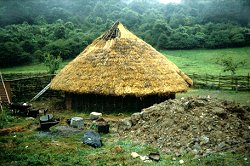
Settlement Landscape
The earliest evidence of human settlement activity in The Vale of Clwyd is in the post-glacial period…
FIND OUT MORE
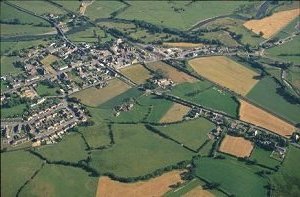
Agricultural Landscape
One of the principal characteristics of The Vale of Clwyd the quality of its farmland…
FIND OUT MORE
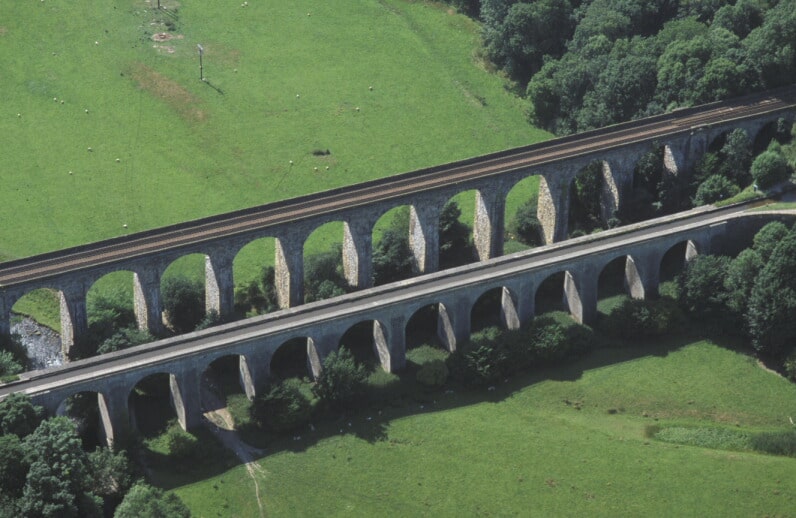
Transport and Communications
Routes within The Vale of Clwyd since early times have probably tended to run either north to south…
FIND OUT MORE
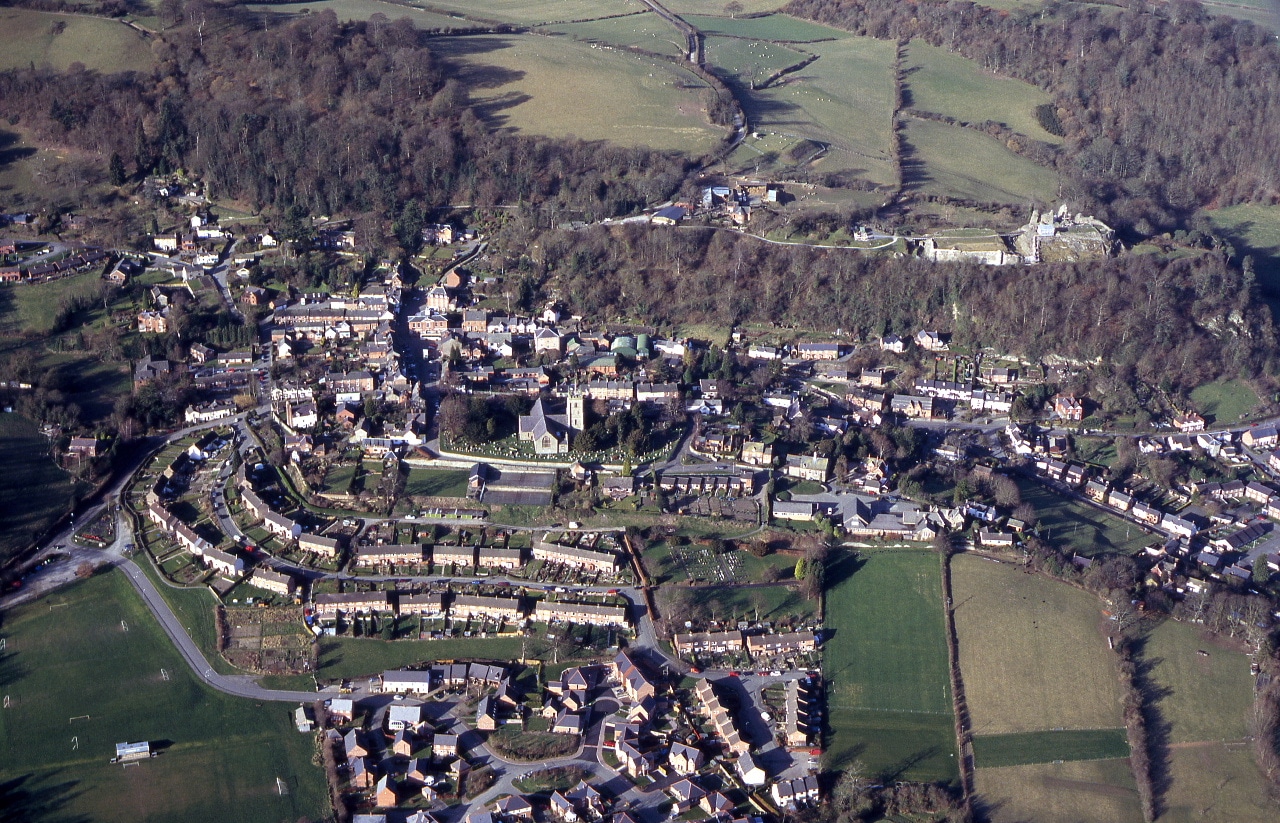
Industrial Landscape
The historic landscape of the vale has essentially been fashioned by agriculture and woodland management…
FIND OUT MORE
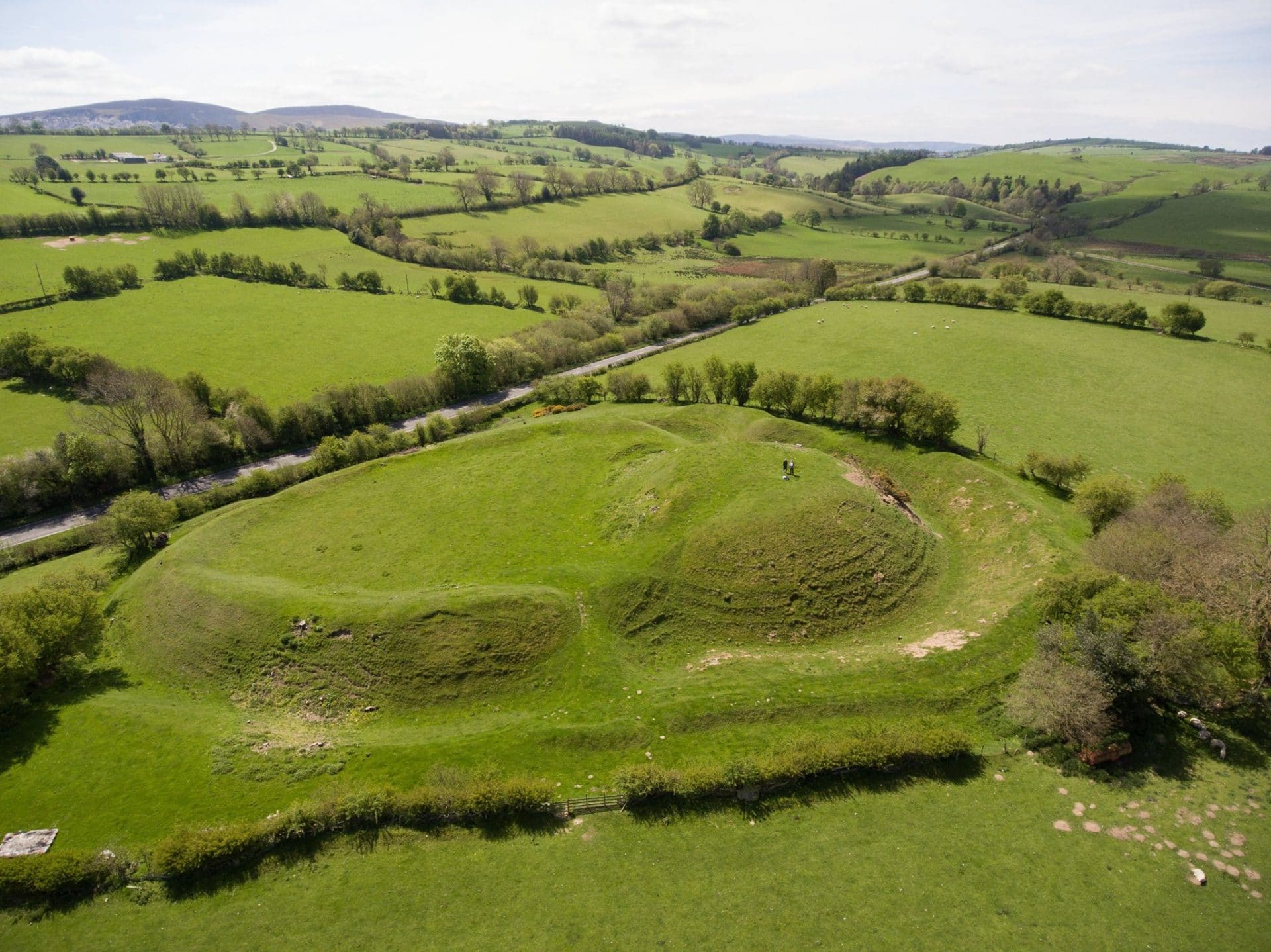
Defended Landscapes
Defended landscapes within The Vale of Clwyd fall into two distinct groups having no connection with each other…
FIND OUT MORE
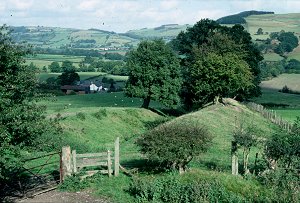
Ornamental and Picturesque Landscapes
Parkland forms a distinctive visual and physical element of the historic landscape of The Vale of Clwyd…
FIND OUT MORE

